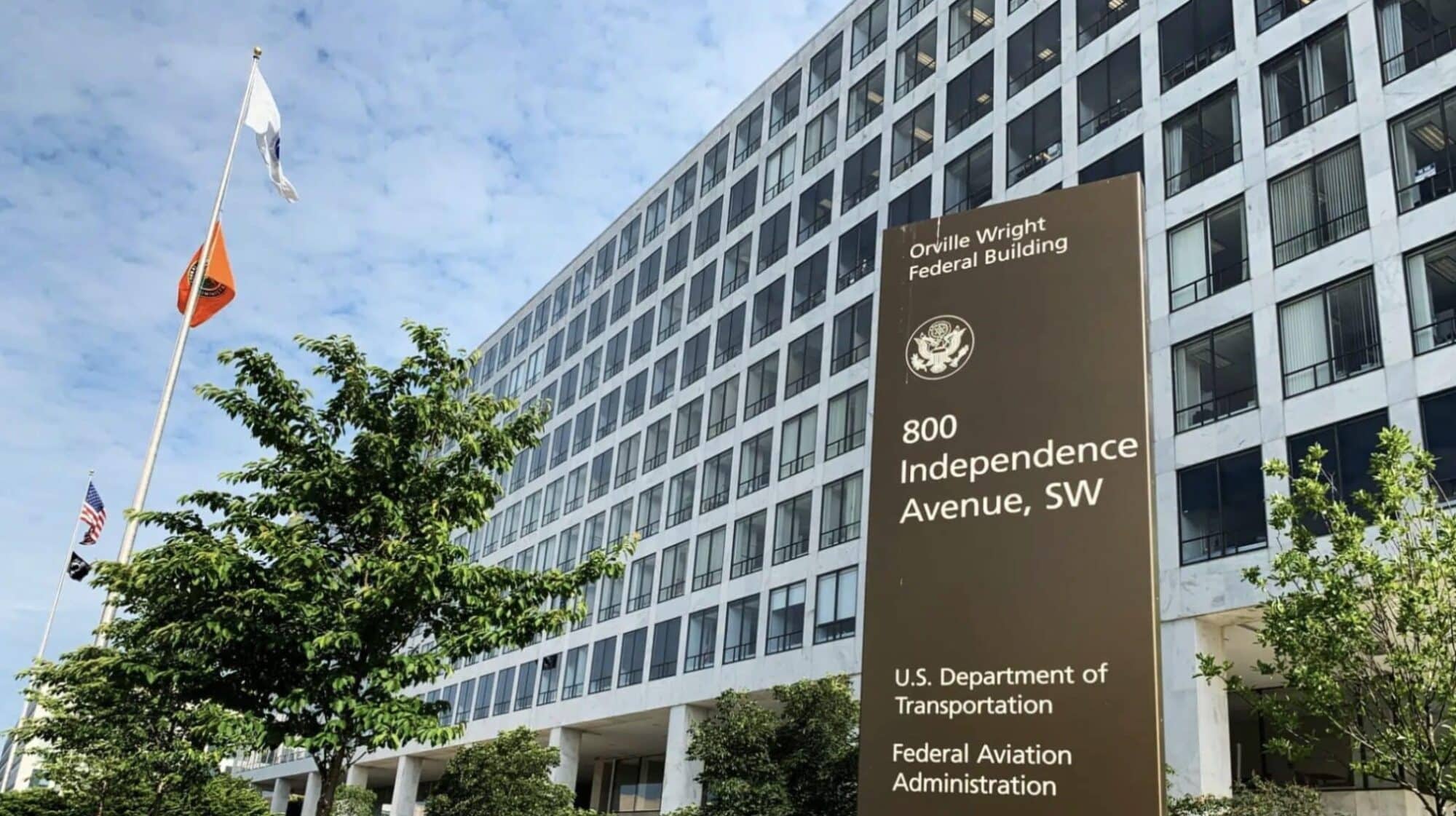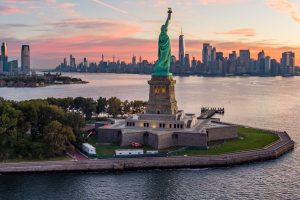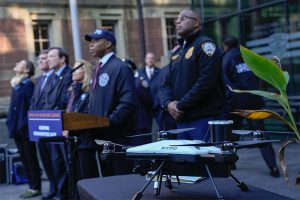FAA’s MOSAIC Rule Finalized: Ushering in a New Era for Light-Sport Aviation (No More Weight Limits!)
Imagine smoothly taking off in a nimble, four-seat airplane like a Cessna 172 for a sunset dinner with a friend, without the complexities of a traditional pilot license or weight restrictions. This vision, long out of reach for American aviation enthusiasts, has become a reality with the FAA’s finalization of the MOSAIC rule in July 2025. Here’s a look at how this monumental change reshapes light-sport aviation for pilots, aircraft builders, and the entire industry.
Unveiling MOSAIC: The FAA’s Strategic Transformation
MOSAIC—short for Modernization of Special Airworthiness Certification—marks a comprehensive overhaul of light-sport aircraft (LSA) regulations since their initial establishment in 2004. Previously capped at weight limits of 1,320 pounds for landplanes and 1,430 pounds for seaplanes, LSAs are now categorized by performance criteria, primarily stall speed, transforming former limitations into potential. Key Highlight: Light-Sport Aircraft are no longer confined by weight, but assessed by performance, opening up to a wider array of safe, modern designs.
Rationale for Change
- Previous Constraints: The LSA rules were initially structured to reduce entry barriers, such as costs and regulatory complexities, but were constrained by limits on weight, complexity, and power, favoring small, two-seat models.
- Industry Innovation: As design, propulsion, and safety advances outpaced old regulations, industry advocates pressed the FAA for modernization, leading to the review of over 1,300 public comments since 2023.
- Outcome: The FAA adopted performance-based standards—stall speed and seat number over weight—to safely widen the LSA category for recreational and industry applications.
Freedom Redefined: Qualifying Aircraft under the New LSA Rules
- Weight Limit Removal: LSAs can now embrace higher speeds and weights, abolishing weight anxiety.
- Increased Seating: These aircraft can now accommodate up to four seats, although Sport Pilots are limited to one passenger by regulations.
- Enhanced Speed: New LSAs can reach speeds up to 250 knots, a significant increase from the 120-knot restriction.
- Advanced Features: Features like retractable landing gear and constant-speed propellers align LSAs closer to general aviation standards.
- Alternative Propulsions: Electric, hybrid, and alternative fuels are now viable under the new LSA rules.
- Diverse Aircraft Types: The LSA category now includes gliders, small helicopters, powered parachutes, gyroplanes, balloons, and light airships.
- Stall Speed Adjustments: LSAs now have a clean stall speed allowance up to 59 knots for Sport Pilot privileges and up to 61 knots with flaps for certification.
Sport Pilots: Exploring the Expanded Horizon
If you are a Sport Pilot, your range of possibilities has expanded immensely.
- Wider Aircraft Selection: Certified aircraft like the Cessna 172 and Piper Cherokees are now accessible as long as the one-passenger rule and stall speed limits are observed.
- Advancing Capabilities: The new rules allow for faster, more far-reaching flights utilizing complex equipment.
- Night Flying: Sport Pilots can pursue night flying with additional training and either a third-class medical or BasicMed qualification.
- Enhanced Mission Opportunities: LSAs can now participate in commercial activities like aerial photography and agricultural uses.
Transformation for Aircraft Owners and Builders
- Leveling the Playing Field: The gap between experimental and LSA capabilities diminishes, allowing new standards to compete with previously experimental builds.
- Cost Reductions: Certification and maintenance expenses are expected to decrease as more competitive LSAs enter the market.
- Innovation Surge: Modern avionics and safety equipment, along with alternative propulsion options, now have clearer pathways.
Ensuring Safety
The MOSAIC rule reinforces safety without loosening essential safety criteria.
- Stall Speed Regulation: The key safety metric is refined with specified limits for Sport Pilot and LSA certifications.
- Adaptive Standards: Higher capability aircraft are subject to more rigorous design and manufacturing standards.
- Noise Standards: Voluntary compliance with noise standards is offered to speed up model approval processes.
Transition Timeline
- Sport Pilot & Maintenance Changes: Expected to take effect 90 days post-publication in the Federal Register.
- Aircraft Certification Rules: Implemented 365 days after publication, with new LSA models anticipated by 2026.
- Grandfathering Existing Models: Current models may qualify under updated criteria, pending compliance pathways.
Business Opportunities with MOSAIC
- Flight Training Expansion: Affordable, modern trainers for flight schools.
- New Avenues for Aerial Work: Broader roles in photogrammetry and analytics now possible.
- Community Initiatives: Nonprofits and social enterprises can build and operate sophisticated LSAs.
- Manufacturing Opportunities: Anticipation for new designs and technologies in the LSA landscape.
Aviation Stories: Human Impact of MOSAIC
Mike T., Sport Pilot, Denver: “Flying a Piper Archer with my son on a camping trip was a dream realized with these new regulations.”
Alina G., Flight School Owner, Florida: “We’re enhancing our fleet with modern LSAs, providing more options and safety to our students.”
Tech Innovation Case Study: New two- and four-seat electric planes are emerging for training and air taxi demonstrations.
Guidance and Considerations
- Importance of Training: Complex aircraft require specific endorsements, and night flying necessitates medical qualifications.
- Eligibility Confirmation: Verify stall speed compliance for Sport Pilot certificates.
- Gradual Fleet Transition: Not all older LSAs will immediately adopt new features or performance capacities.
- Allowed LSA Uses: While LSAs cannot perform airline-style operations, they can engage in diverse, non-transport roles.
Conclusion: The MOSAIC Renaissance
MOSAIC isn’t simply a regulatory shift—it’s an aviation renaissance, tearing down barriers between traditional and light-sport aviation. This era aims at boosting both safety and freedom, readying a new generation for limitless skies.
Prepare for flight with newfound liberty as the landscape of American aviation embraces this expansive horizon.













